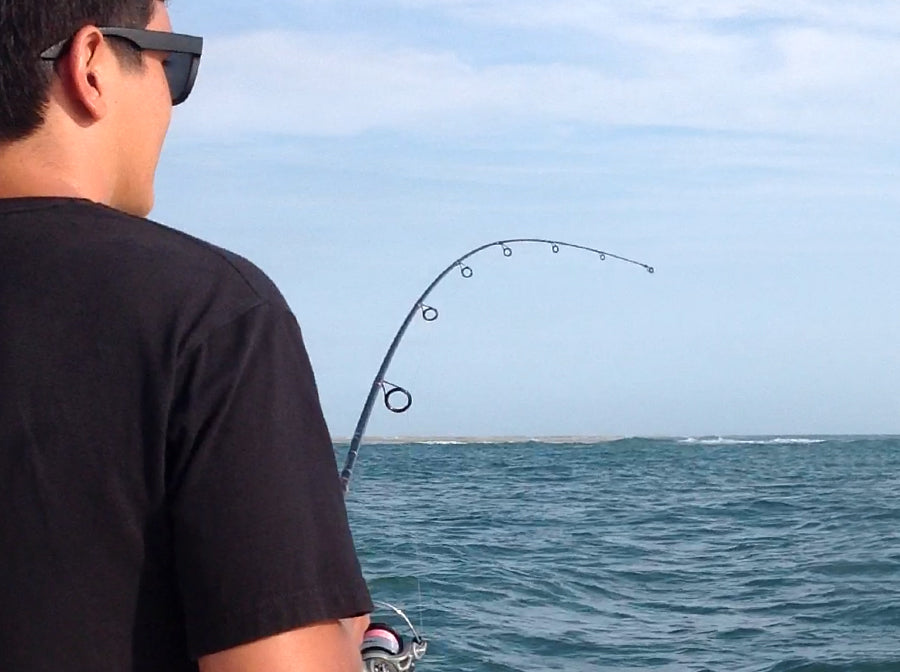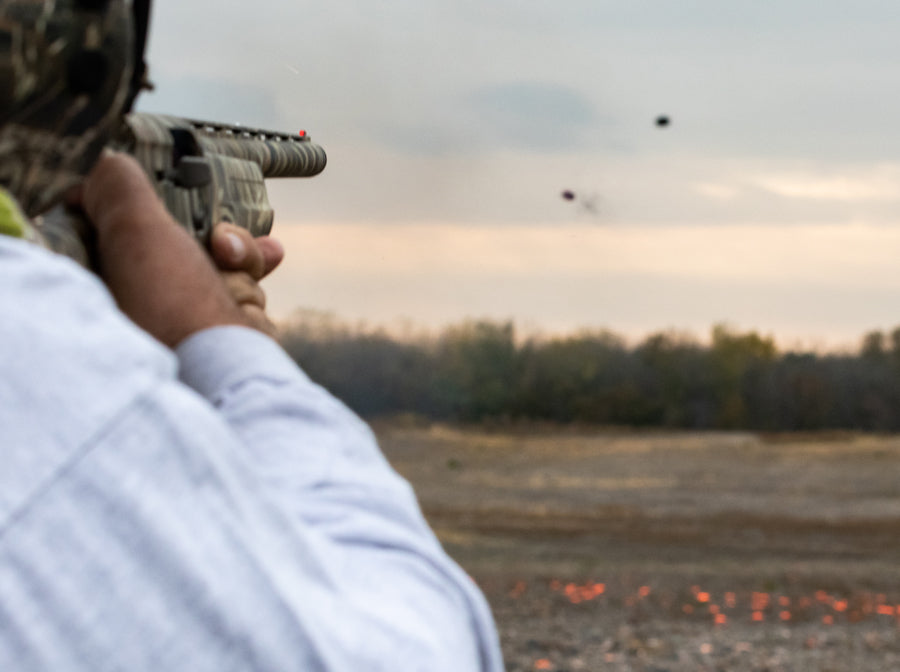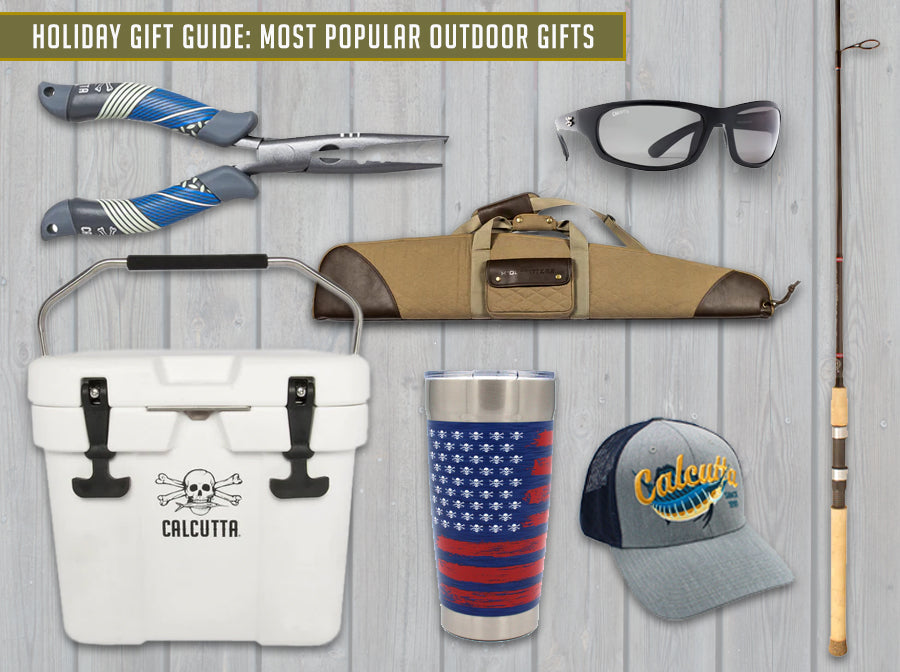Whether you’re a first-time fisherman or an experienced angler, catching a big fish is always fun. Watching a largemouth bass gobble up a topwater plug or seeing a hooked bull dolphin tailwalk across the water will make your heart race. It’s a wonderful memory that lasts a lifetime. Likewise, losing such a fish can be heartbreaking. Those missed opportunities will stick with you as well.
We’ve all been there—staring at the water with a broken line or empty hook in hand, watching as the fish of your dreams swims away. It’s part of fishing, but if you’re like us, you’d prefer to minimize that part. That’s why we’ve enlisted the help of a legendary Calcutta Outdoors Fishing Pro.
We asked Captain Noah Lynk, founder and operator of Noah’s Ark Fishing Charters on Harker’s Island in North Carolina, to share the most common ways that he’s witnessed anglers lose fish—and help you avoid making those same mistakes. For more than 20 years, Captain Noah has helped countless anglers land boatloads of fish. Here are the insights and proven tips that he shared.

Captain Noah Lynk shares advice gained from over 20 years of experience.
- Big fish really are harder to catch.
Bigger, experienced fish are smart! They know how to get rid of a hook. They know how to shake their mouth, jump in the air and throw the hook. All fishermen lose fish every now and then and it’s upsetting because it seems like the little ones never get away; it’s always the big ones that do.
- Lack of experience loses more fish than anything.
The most common way that people lose fish is from inexperience and lack of fishing knowledge. They don’t know how to fight the fish right and they don’t put pressure on the rod when it needs it. They don’t set the hook correctly and they don’t fight the fish in the proper manner and this leads to losing a lot of fish, especially the bigger ones that tend to fight.

- Be ready to adjust the drag—again and again.
When anglers don’t understand how to work the drag during the process of fighting a fish, this leads to fish loss, and usually line breakage or loss of all line. This happens when the drag is set either too loose or too tightly. Anglers need to remember that it’s essential when fighting a good-sized fish that the drag may need to be adjusted (either tightened or loosened) several times during the fight. It is essential to be ready to loosen the drag as the fish nears the boat. When the line gets shorter and shorter, the sudden movement of the fish will not leave the angler anything left to “play with.” Think of it like having a dog on a short leash or a long coil of rope. Obviously, the latter would allow for more adjustment. The same applies to fighting fish at that all important time when they near the boat. It’s heartbreaking to see a fish near the boat and then not be able to “land it” due to operator error!
- Always use new, quality fishing tackle.
The next most common way that people lose fish is the lack of good quality fishing tackle. The unfortunate anglers who are using old line or line that is not of good quality or who are using cheap hooks or old hooks will likely lose some nice fish. The importance of having good-quality sharp hooks cannot be stressed enough! Using hooks that are not of good quality leads to hooks bending and/or breaking. In the end, as with a lot of other things, it is best to go ahead and get the quality line and hook and terminal tackle, which includes swivels, snap swivels, split rings, etc.

Replace all old, worn-out fishing tackle before hitting the water.
- Know which fishing knots to use and how to tie them.
The lack of knowledge of how to tie effective knots causes people to lose fish. Knots must be tied properly and the angler needs to ensure this by testing the pull before casting. In addition, lures must be checked often to see if the knot could be coming loose, especially when using a fluorocarbon leader, which tends to be a little rigid and harder for the inexperienced angler to tie. This type of leader line tends to have a lot of memory and it wants to stay straight. As a result, it will come untied if it is not tied tight. Once again, it pays to get a high-quality fluorocarbon that is a little bit softer and easier to tie. The cheaper versions are very rigid and make tying very difficult, even for the experienced angler.
Pro Tip: Youtube is a great resource for anyone needing a tutorial on knot tying. Also, check out Calcutta’s Guide to Fishing Knots for Beginners.
- Know how to fish near underwater structures.
When fishing over and around sharp structures, anglers need to be aware of their surroundings so that they don’t lose their tackle. It’s easy to lose gear when it gets caught on this type of underwater structure, and anglers will find themselves losing their gear unnecessarily. It is best to know what gear to use when fishing over and near sharp structures. For example, you should use a top water (floating) bait vs. a sinking bait when fishing around shallow water with structures underneath. I mention this because, of course, lost gear equals lost fish.
Improve Your Odds
While following all of Captain Noah’s advice won’t guarantee that you will land 100 percent of the fish that you hook, doing these things well will certainly increase your chances of having a successful day on the water. You can also improve your odds by booking a charter trip with Captain Noah Lynk at NoahsArkFishingCharters.com.
More Resources
Offshore Trolling Tips for Beginners



